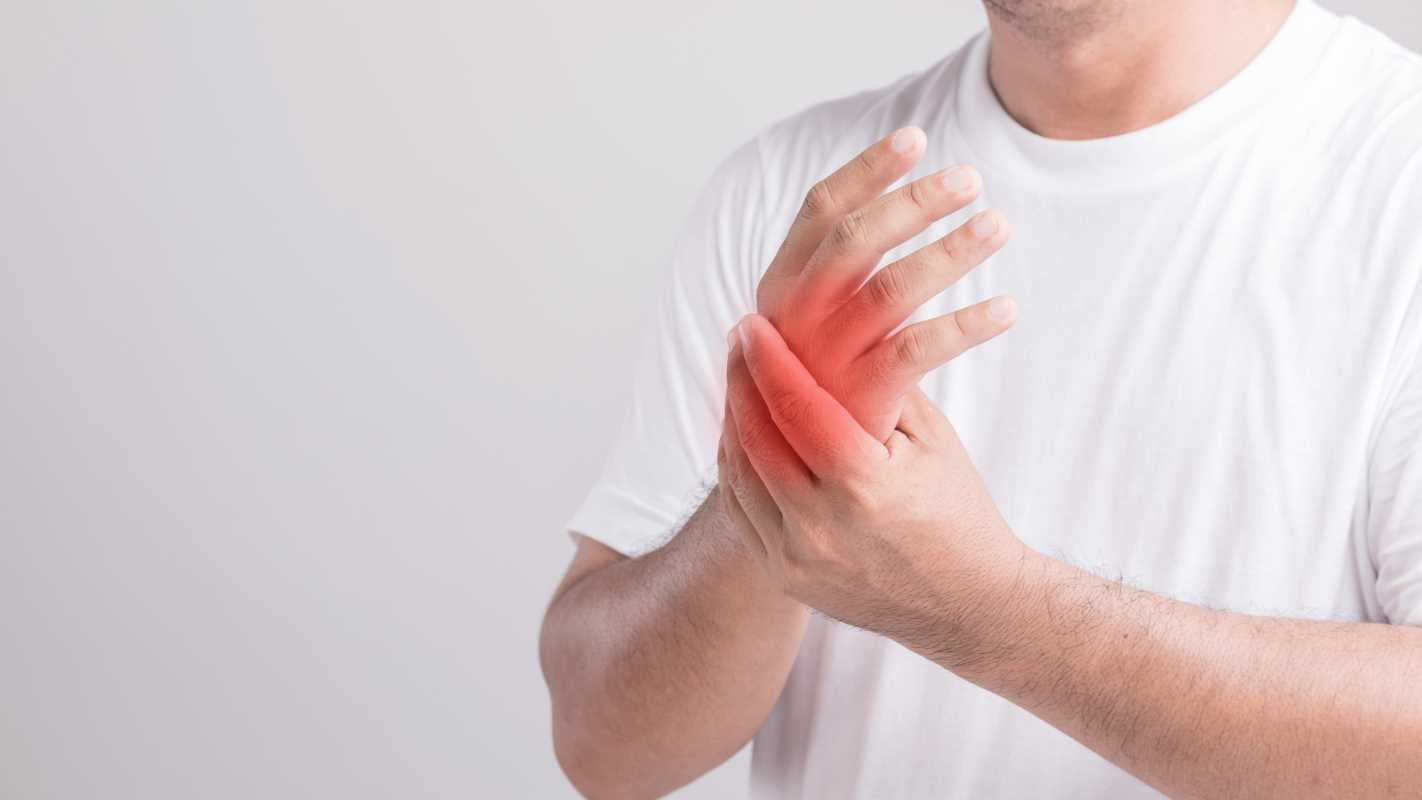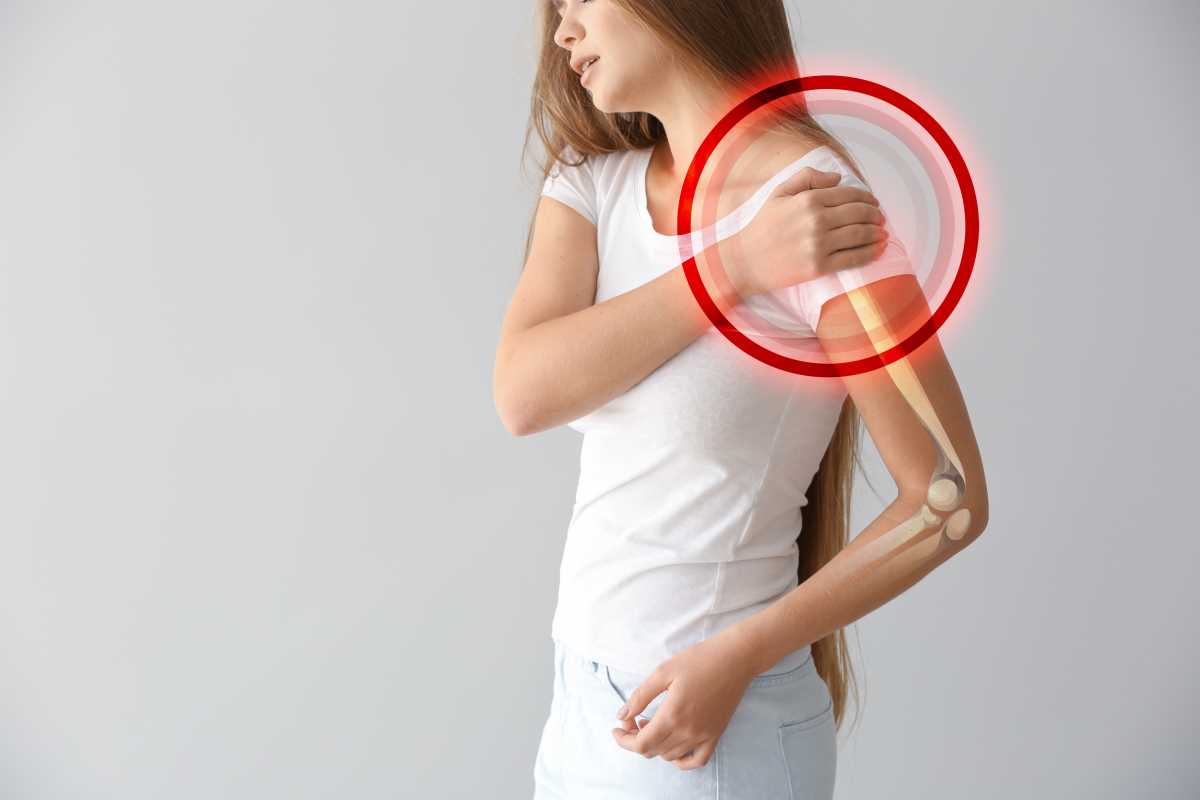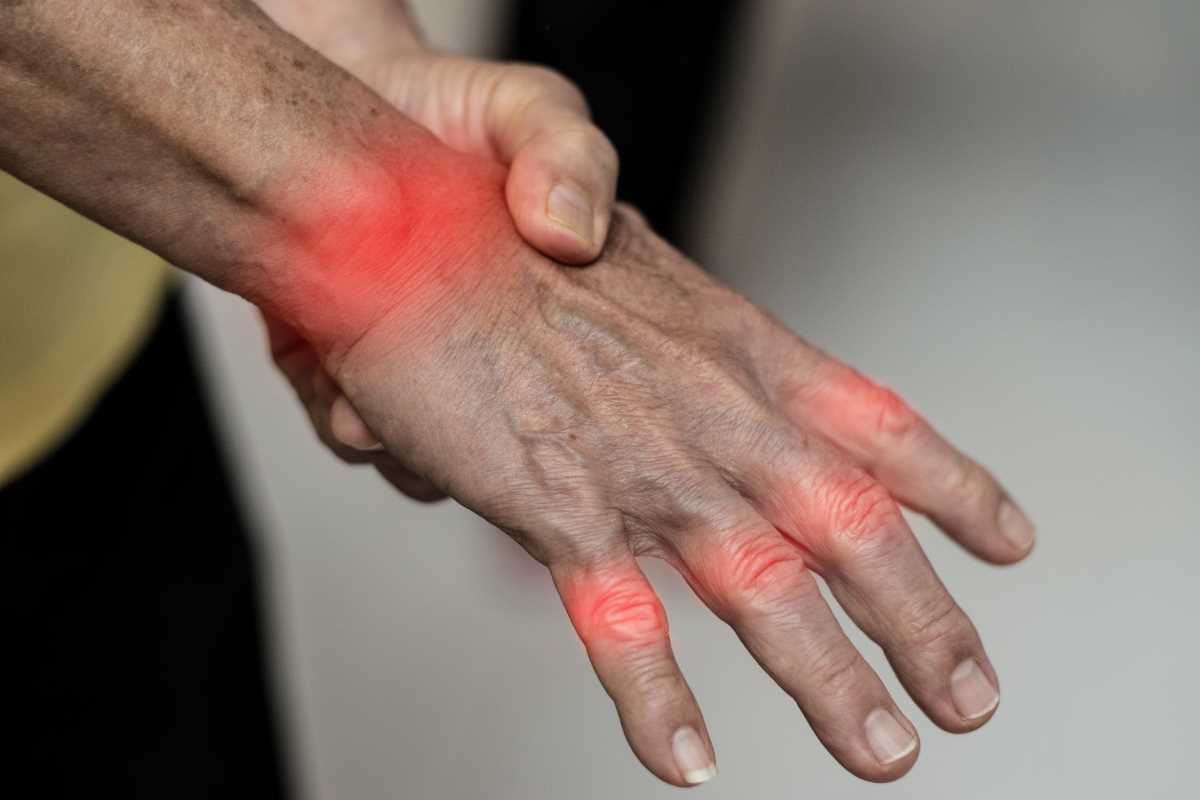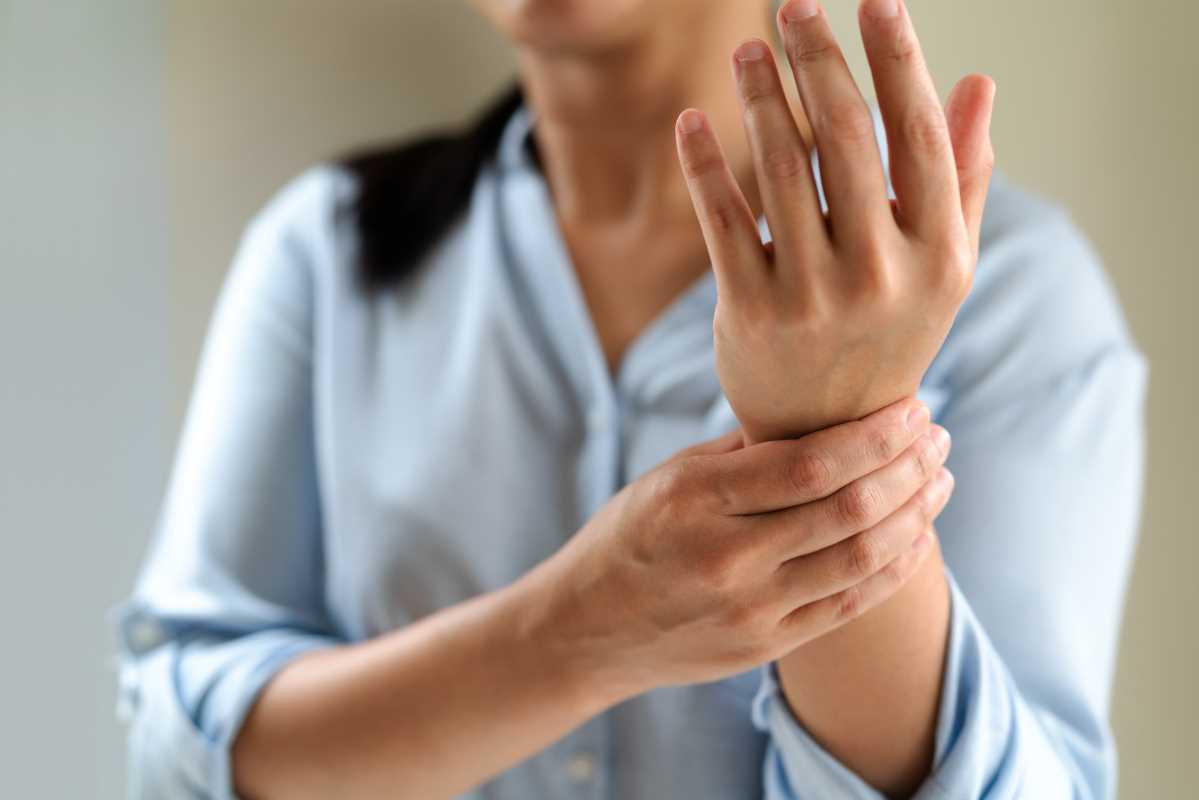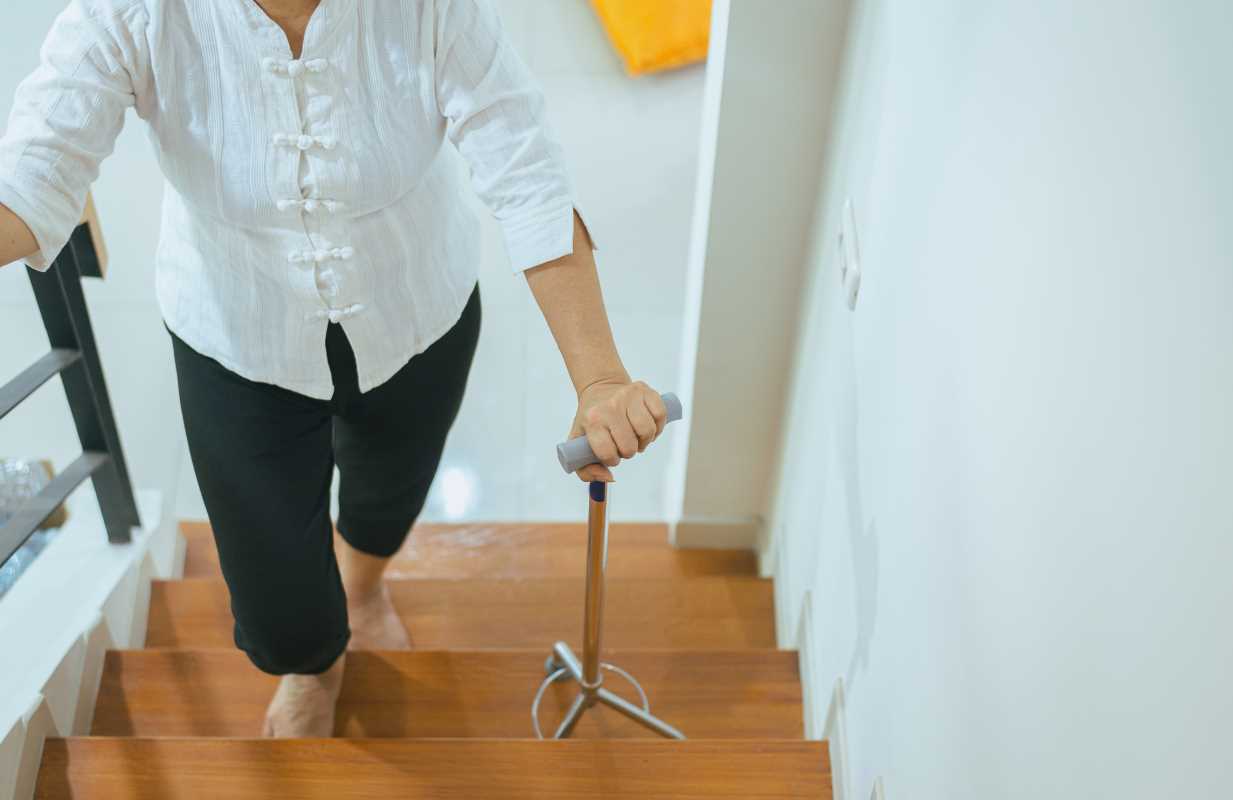Clear lungs help you breathe comfortably, even when you spend time in enclosed spaces. Simple daily habits and reliable equipment can make a noticeable difference. This article introduces easy steps you can follow to guard against airborne germs and explains how a few changes in your routine can improve your well-being. You will discover practical ways to keep your airways healthy and find out which tools provide extra protection when you need it most. With these tips, you can create a safer environment for yourself and those around you, making every breath feel easier and more refreshing.
Below you’ll find organized steps, from choosing the right face covering to spotting when you need care. Follow along to build solid defenses in settings where people gather close together.
Understanding How Respiratory Infections Spread
- Airborne droplets: Tiny particles carry viruses when someone coughs or sneezes.
- Surface contact: Germs land on doorknobs, tables, or handrails and pass along by touch.
- Close conversation: Talking face-to-face for minutes increases viral transfer risk.
- Poor ventilation: Stale air traps germs instead of pushing them outside.
- Crowded transit: Buses and trains pack too many people in a small volume.
- Enclosed rooms: Conference halls or movie theaters often recycle air.
Personal Protective Measures
- Select the right mask. A well-fitted *3M N95* or a multi-layer cloth mask with a snug nose clip keeps most particles out.
- Wash your hands frequently. Rub soap and water for at least 20 seconds or use hand sanitizer with at least 60% alcohol.
- Avoid touching your face. Keep your hands away from eyes, nose, and mouth when you haven’t just washed.
- Carry disinfectant wipes. Wipe surfaces like armrests, shared tablets, or elevator buttons before touching.
- Wear eye protection in very crowded spots. A clear shield or goggles adds another layer of defense for your eyes.
- Change masks regularly. Moist masks trap germs more than they block them.
- Store masks safely. Keep clean ones in a sealed pouch.
Environmental Controls in Crowded Spaces
Plan ahead by checking if venues update their air filters or open windows when possible. Simple mechanical adjustments, like adding portable HEPA filters, cut down airborne particles. Fans that push air toward an exit point help, too.
Ask facility managers about ventilation rates when you arrive. If the air feels stagnant, suggest opening doors or increasing fresh air intake. Even small changes in airflow reduce the concentration of germs by half or more.
Behavioral Strategies and Daily Habits
Check local infection rates and avoid peak hours when transit or popular spots fill up. Making group plans early lets you choose off-peak times or less crowded venues. Use crowd-density apps or social media check-ins to find busy spots.
Implement "breath breaks." Step outside for two minutes of fresh air every hour if you stay indoors. Combine these breaks with a quick face mask change and a handwash to clear off any settled particles.
Creating your personal action plan can help you stay organized and consistent with your habits.
Consider making a pocket checklist that reminds you to mask up, wipe down surfaces, and log your breath breaks. This small routine helps you maintain good habits without stress.
Monitoring Symptoms and Seeking Care Early
Learn to recognize early warning signs like a scratchy throat, sudden fatigue, or a slight cough. Keep a short daily journal that notes temperature readings and key symptoms.
If you notice any changes—runny nose turning into chest tightness or a low fever lingering beyond two days—reach out to a healthcare provider. Early treatment often prevents mild infections from worsening.
Staying Healthy in Crowded Places
Being mindful of your surroundings and adding a few simple routines truly reduces your chances of getting sick. Try these steps next time you find yourself shoulder-to-shoulder with others.
Practice these tips daily to keep your lungs clear and stay healthy in crowded places. A little preparation helps you maintain your plans and well-being.
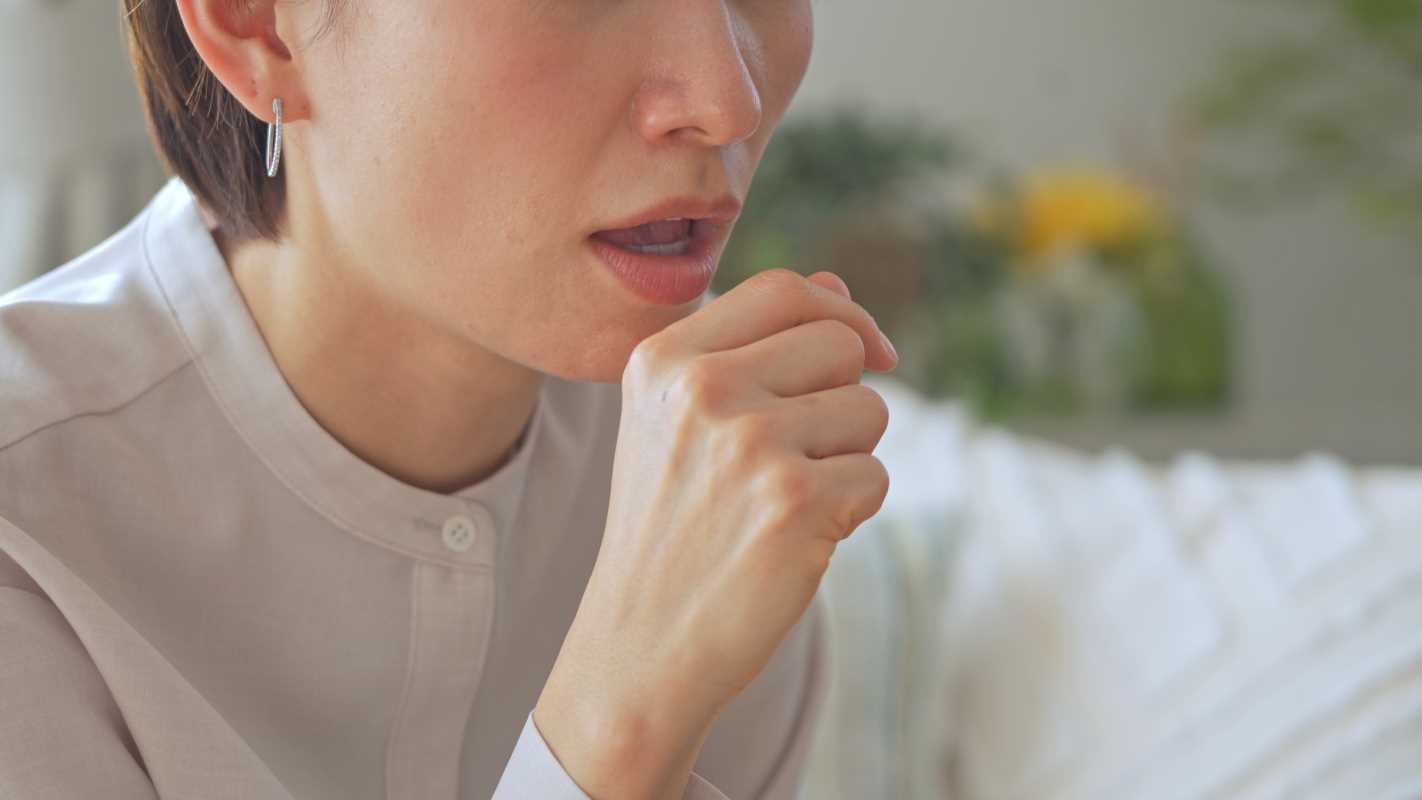 (Image via
(Image via